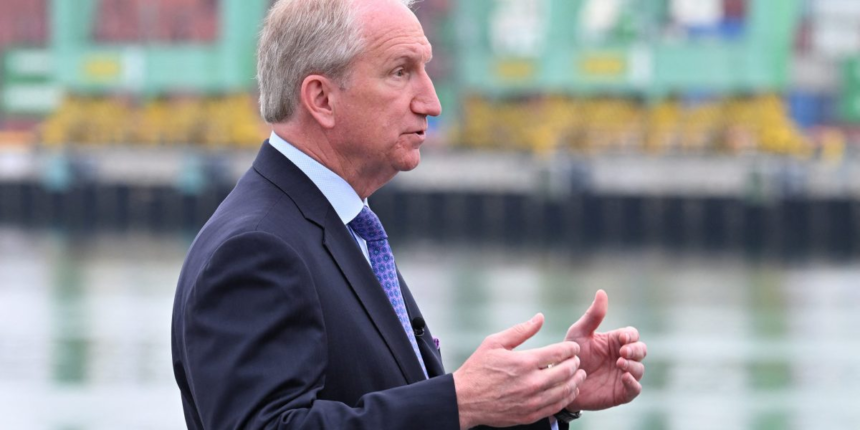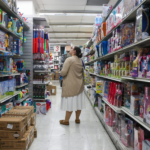“While record-setting volume is welcome news, it also highlights the tariff whipsaw effect that we’ve mentioned before,” Seroka told reporters in a press briefing on Monday.
Supply-chain platform Project44 has seen similar trends globally, with “higher-than-normal imports from China” on a global scale, Eric Fullerton, Project44 senior director of product marketing, told Fortune.
“We’re going to probably get one last push on imports coming to the United States, and [businesses are] doing as much as they can to sneak in under that new Aug. 1 deadline,” Seroka said. “While it’s good news for our waterfront workers, truck drivers, warehouses, and our marine terminals…shifting timelines simply means shifting volume and more uncertainty here at the Port of LA.”
The trade environment “is still really uncertain, which means you’re going to stockpile, you’re going to put as much inventory as possible, because you control the cost and either pass it on to consumers or put it on your supplier,” Fullerton said.
“But the risk of stock-ups is still way, way, way too great,” he added.
While businesses may be reprising their pull-forward strategy, they have made noticeable supply chain shifts. Some Fortune 500 companies are “able to push their size and their relationships with their suppliers to their advantage” by asking suppliers to switch manufacturers, Fullerton said. Others are pulling back from China in favor of doing business with manufacturers in Vietnam, Indonesia, Thailand, and Bangladesh where operations could be cheaper, Fullerton said.
“The only way that we’re going to get more steady [shipping norms] that we’re used to is if we have clarity on the actual tariff level that will remain mid- to long-term,” Homkes told Fortune. “And we are far from having that level of clarity.”









